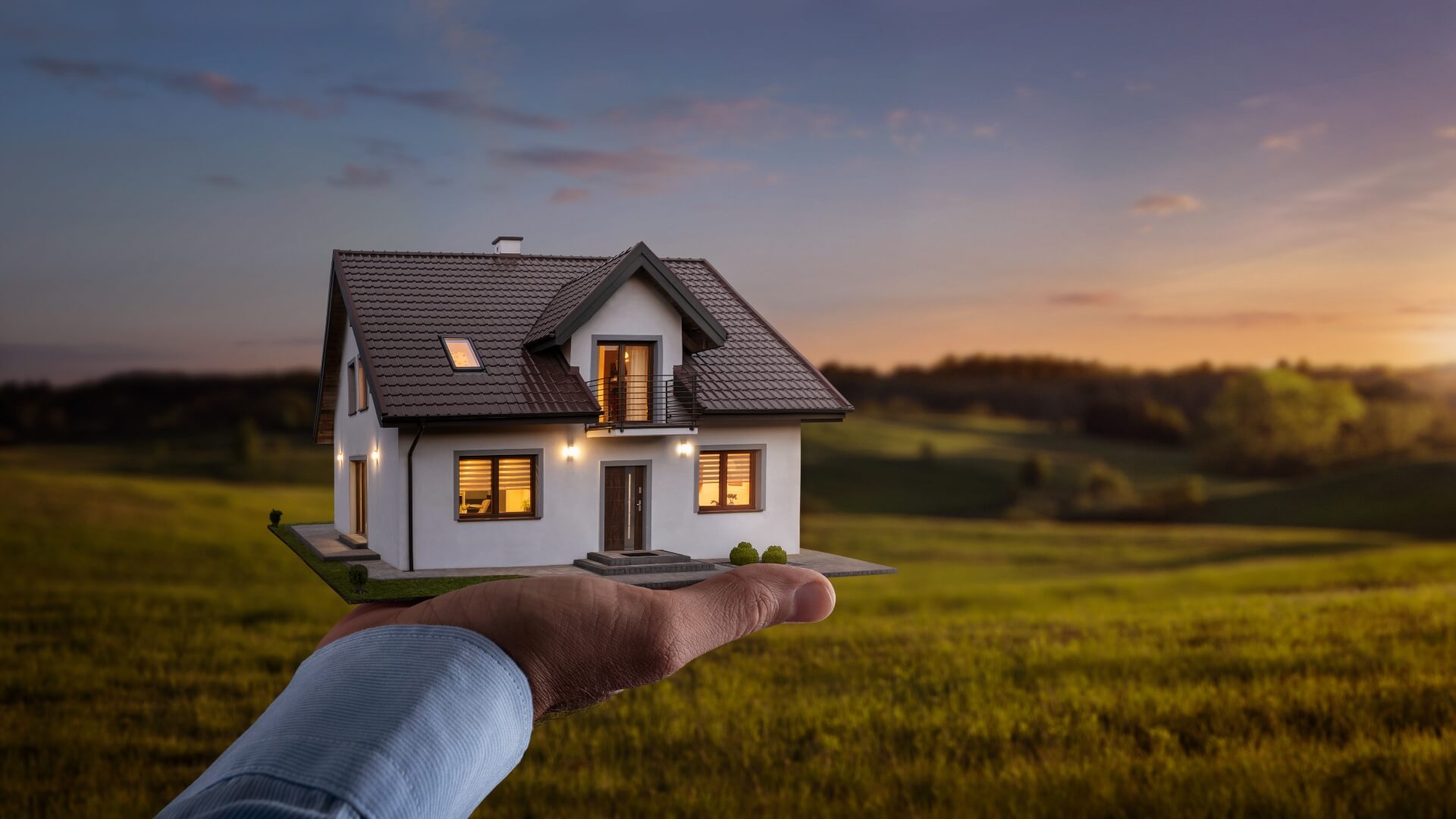Building a dream home can be exciting, but not without its challenges. The process involves many steps, and there are several factors to consider carefully. Since there are numerous options available, it’s easy to get overwhelmed. Here are some essential considerations when building your dream house without blowing your budget.
1. Choose Your Building Materials
Building materials have different prices depending on the type and quality. Typically, choosing cost-friendly materials ensures the project costs are within your budget.
Reclaimed building materials such as wood and old barn doors are trendy but also save money. You can look for reclaimed wooden floors, doors, windows, and other accessories.
Salvage stores and commercial reconstruction sites can be a good place to start.
Prefabricated panels are custom-built in a factory and transported to the construction site. Using ready-to-install panels can reduce labour costs and time spent on drywalling and framing.
2. Plan and Budget For All Construction Stages
Some people may be tempted to wait until the project ends, only to be surprised by the unplanned costs. Therefore, creating a realistic budget with prices on all items you expect to spend on your house is essential. While having perfect estimates at the beginning may not be necessary, understanding the possible costs can help you during the building process.
Most importantly, make sure to adjust your budget to account for price changes and unforeseen costs. The budget should be a live guiding document that evolves with the project. This keeps you updated on your spending so you don’t run out of cash before completing the project.
3. Simplify the Design
Choosing a simple design is one of the basic ways to keep construction costs down. A simple floor plan means avoiding unnecessary features that can bloat your budget. Typically, utilizing vertical space is cheaper and gives you more options for making your home spacious.
Similarly, you should pay attention to your home’s roof design. While there are different roofing styles, your choice determines the overall cost of your home, and choosing a simple but elegant roof can make your home less expensive.
For instance, statistics show that a gable roof can cost up to $30,000, while a mansard roof can cost up to $60,000. However, the exact cost depends on your home’s size, materials used, and finishing accessories.
4. Avoid the Perfectionist Trap
Spending significant money and time on your new home can make you feel attached to the property. And it’s normal to feel like you want every small detail to be perfect. However, worrying over minute details and trying to have everything perfect requires more resources that may not add meaningful value to the project.
Before you blow your budget on small details, determine if they impact your satisfaction with the expected outcome.
5. Consider Different Sources of Funding
Before starting any home construction project, it’s critical to ensure you have enough money and extra to cover any contingency that may come up. You can start by checking recent statistics on similar homes and get a rough idea of the amount you need for your dream home. However, the cost depends on your chosen location, materials, and aesthetic features.
If you have saved enough money, you can qualify for personal financing options to help see your home construction project through. On the other hand, some lines of credit can provide the money to cover contingencies as they arise.
But if you have another older house, you may consider selling it to finance your dream home project. And since you are already committed to building a new house, selling the extra property to firms that we buy houses for cash can save you the expenses and hassles of renovating and staging the home.
6. Keep Tabs on the Construction Progress
It’s vital to be actively engaged throughout the construction process of your home. Besides attending regular meetings with the project team, you can provide input on proposed building materials and finishes. Most importantly, ensure to seek answers to any questions you may have at different stages of your project.
Active involvement throughout the construction process allows you to ensure everything goes according to original specifications without taking shortcuts. In addition, you can identify potential issues and recommend corrective measures before the problems compromise the design.
Endnote
Building a new home involves more than hiring contractors and breaking the ground. It’s critical to carefully plan the construction process and make decisions that align with your situation and expected project outcome.
































